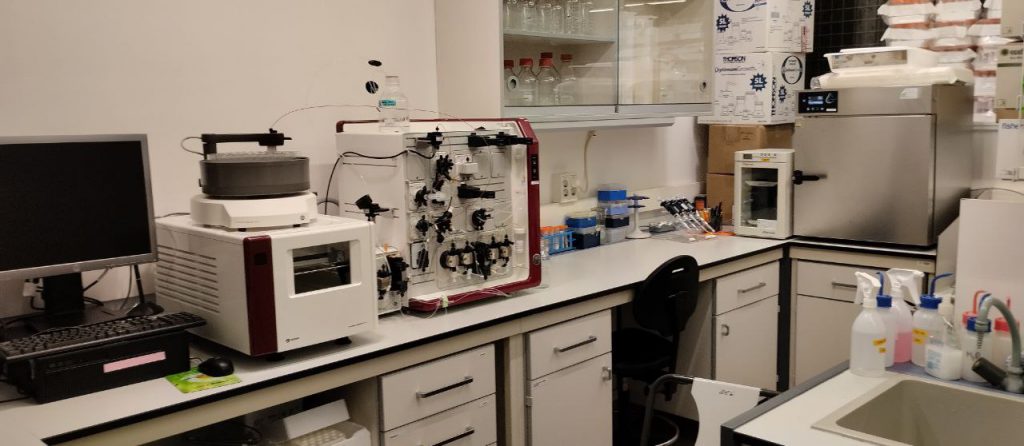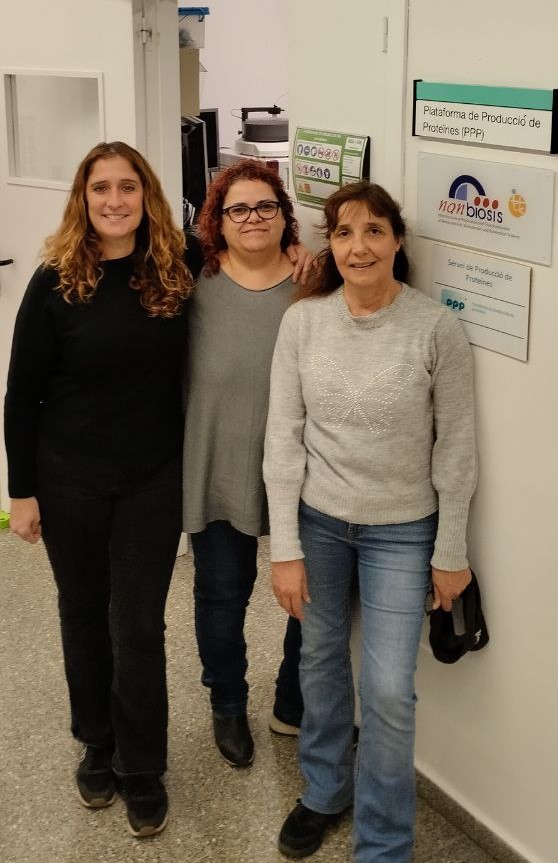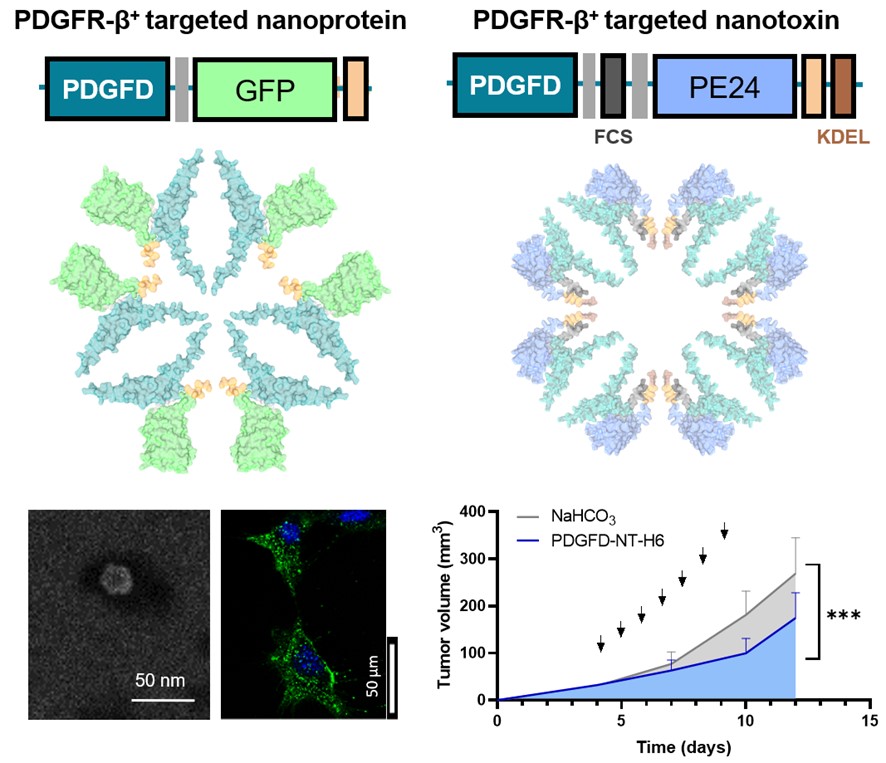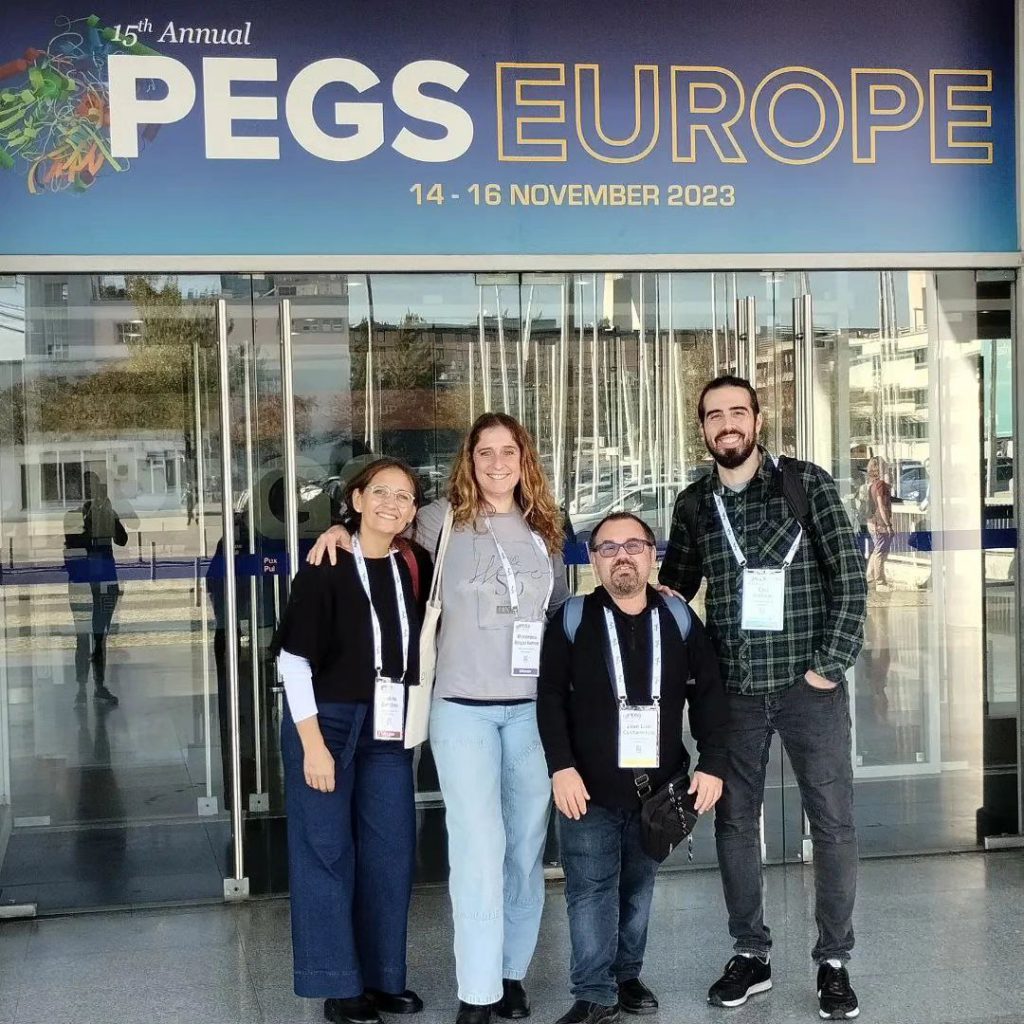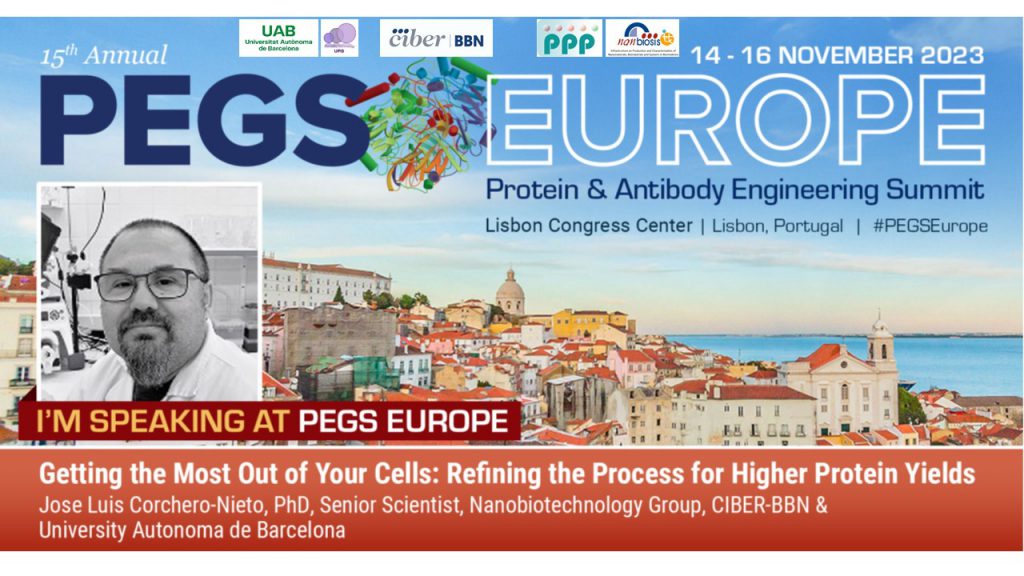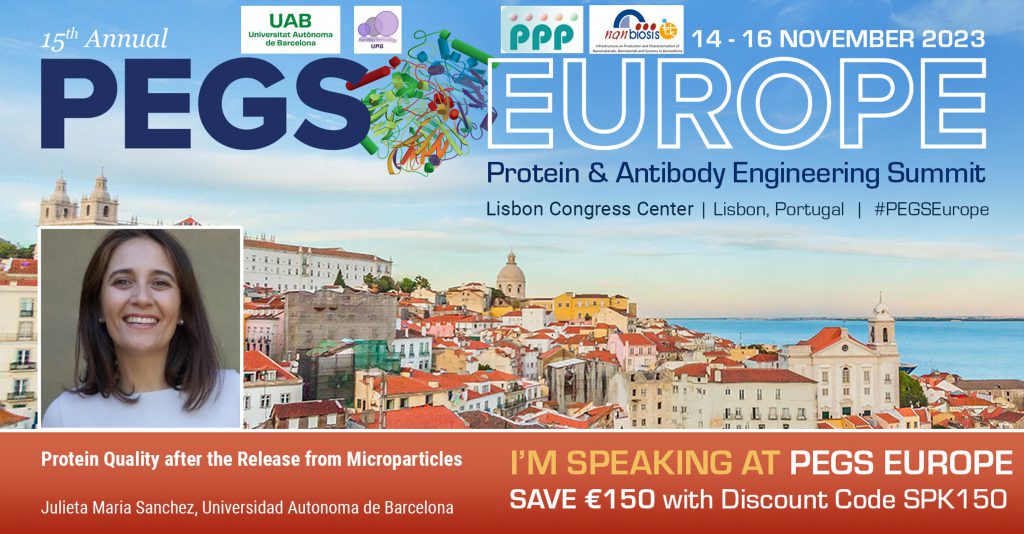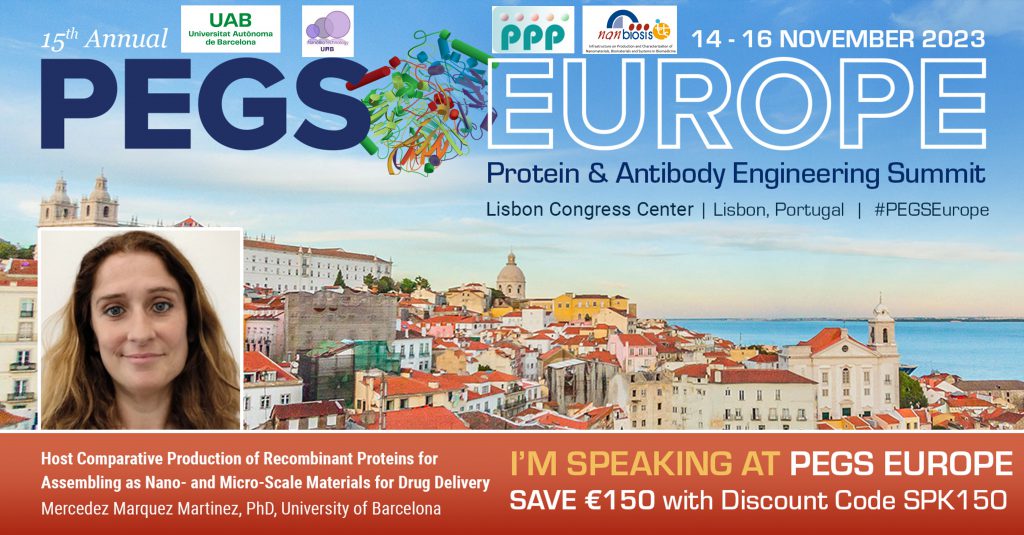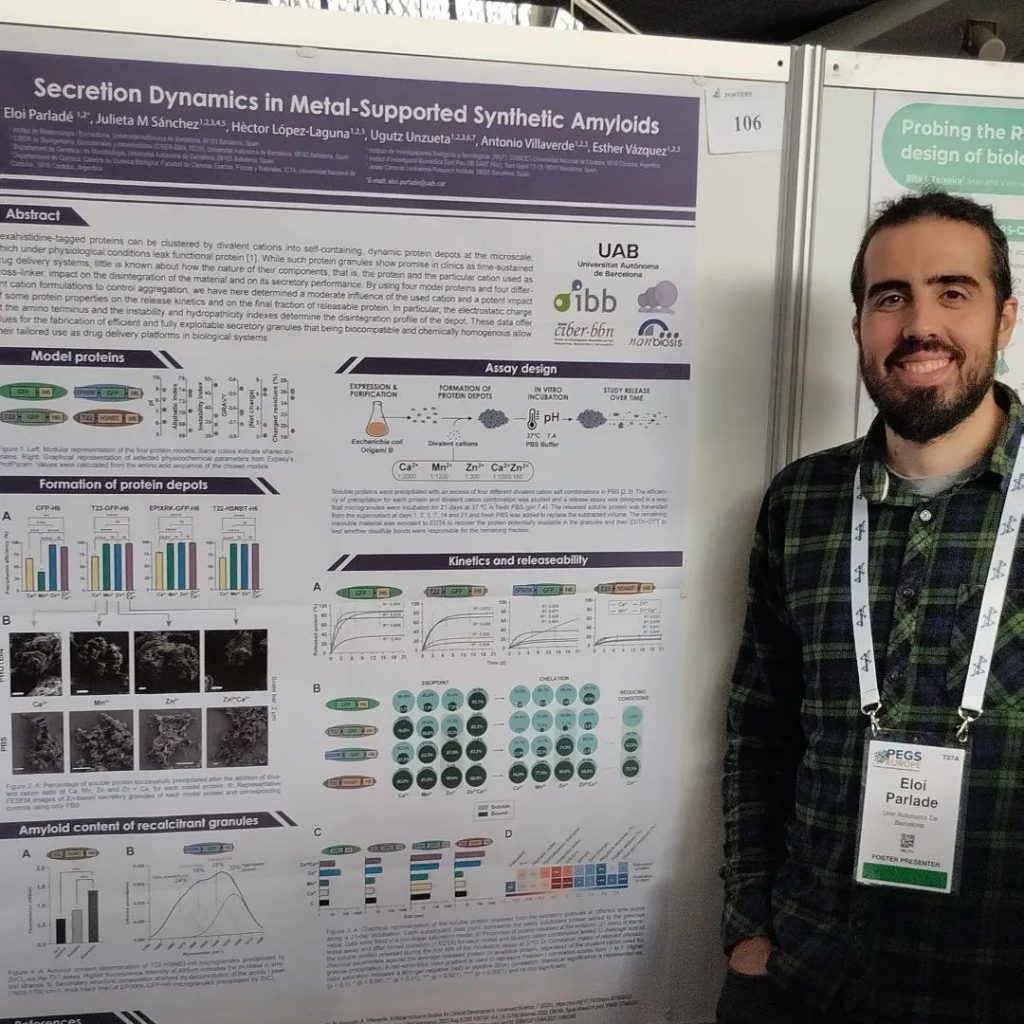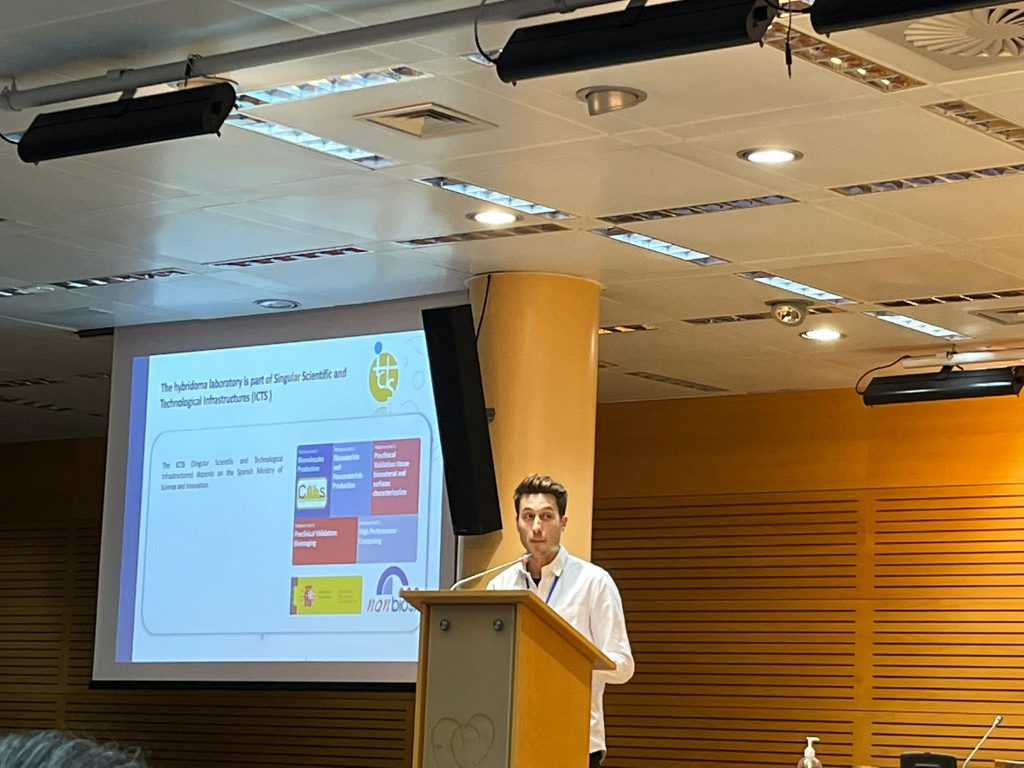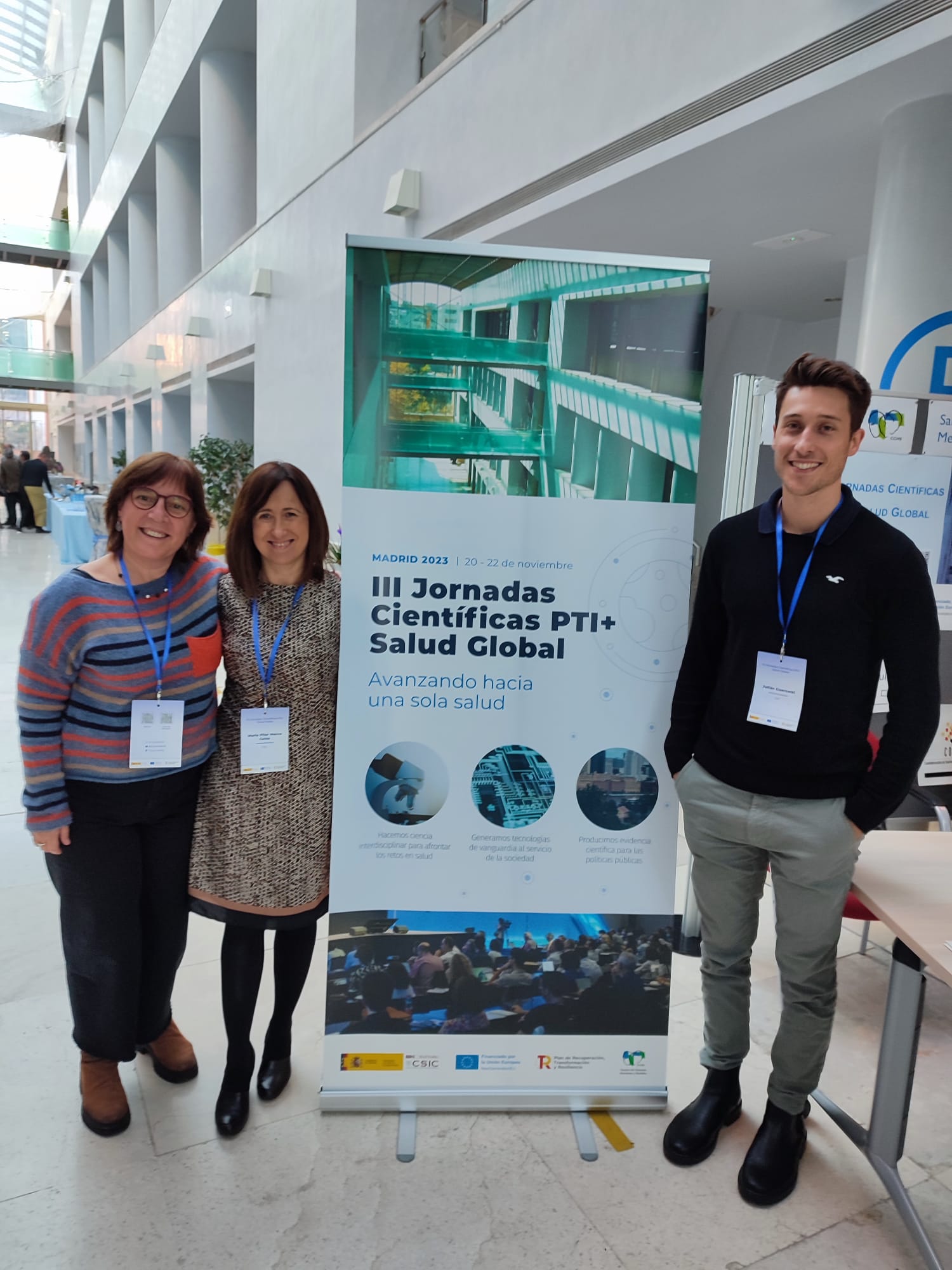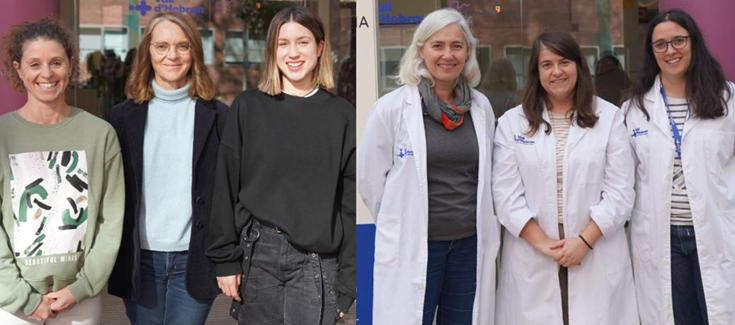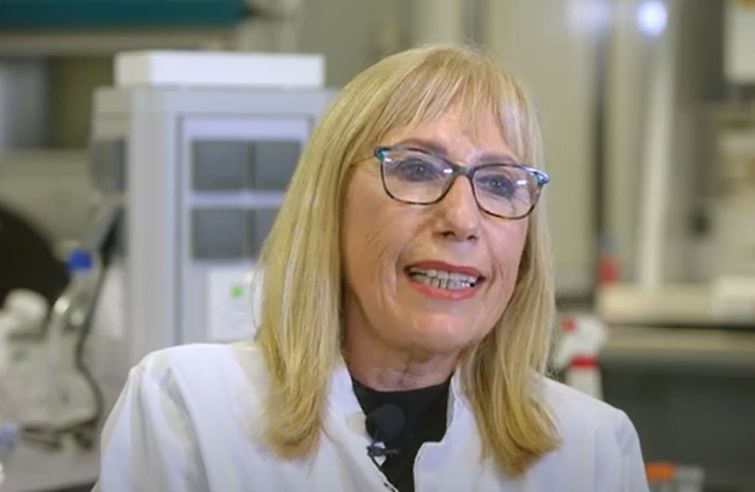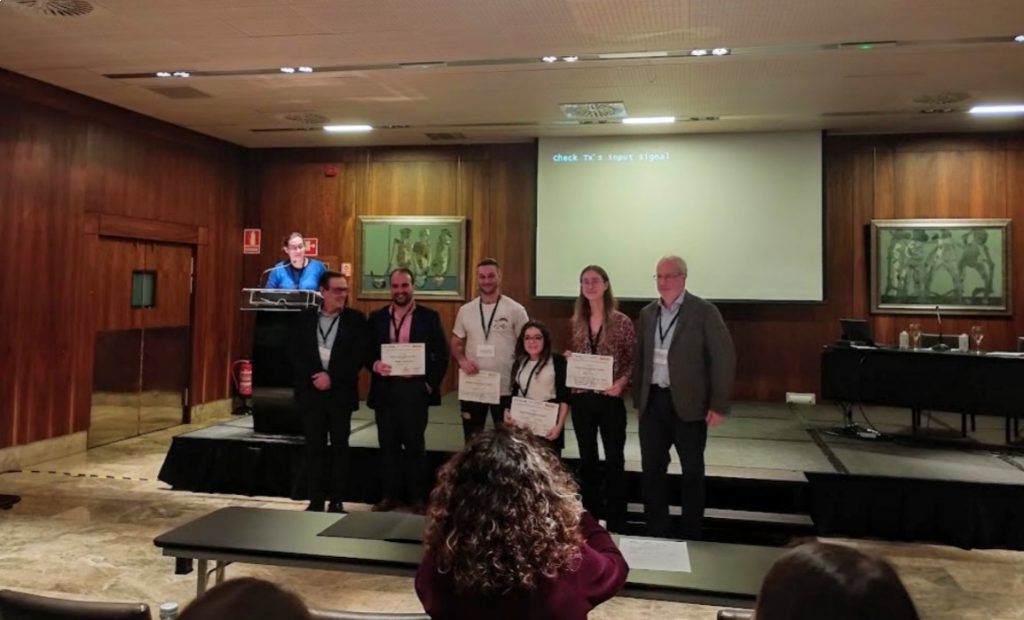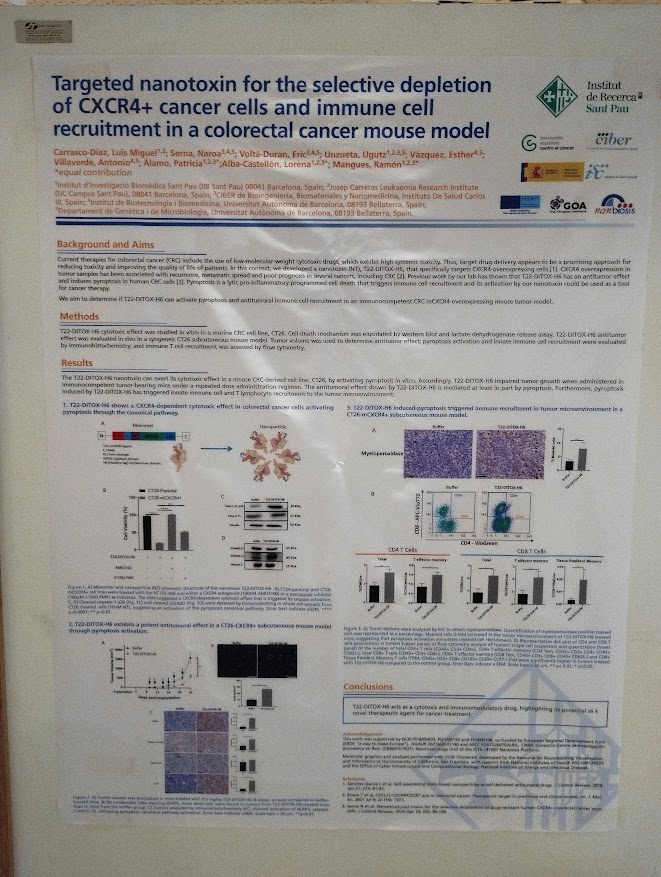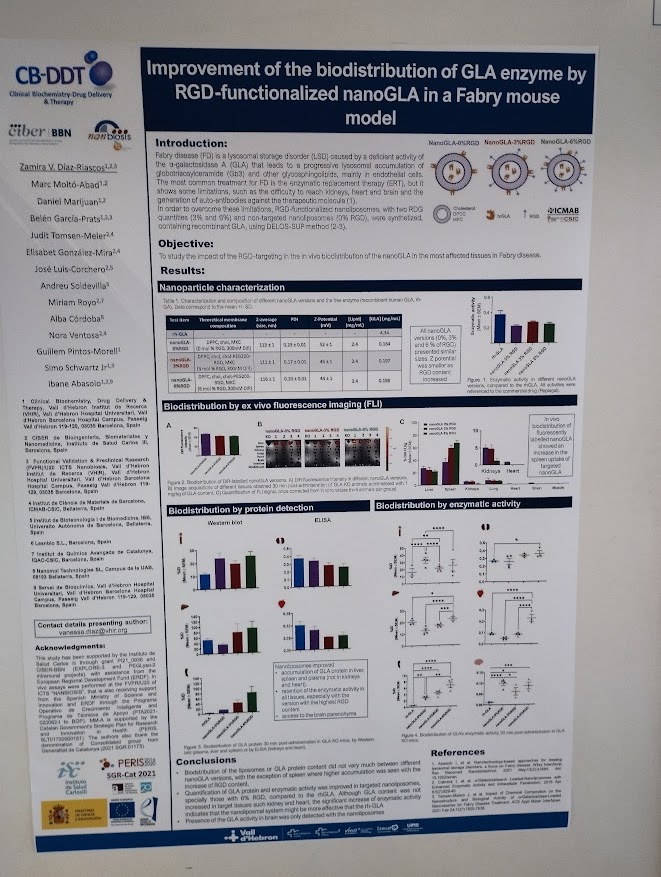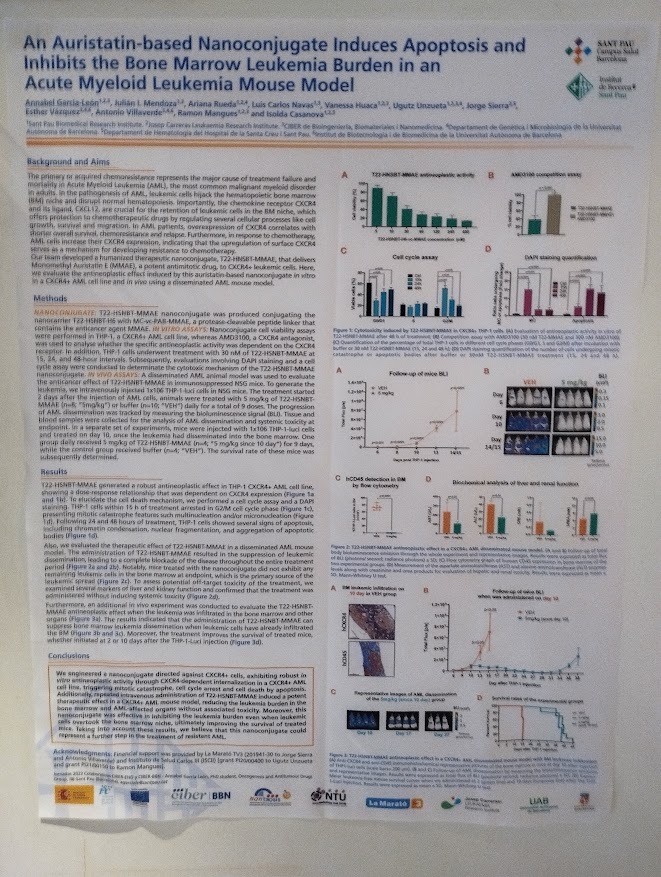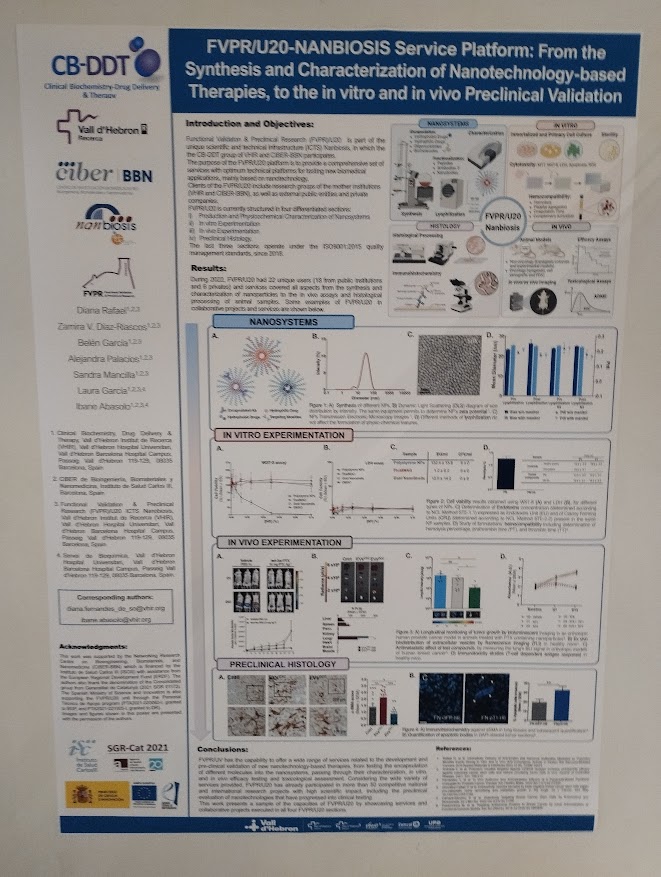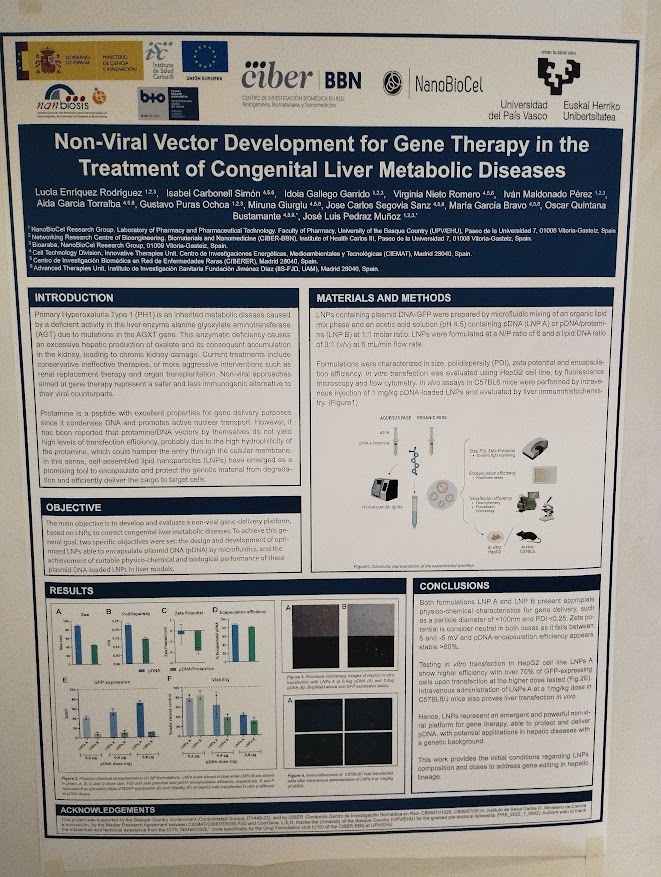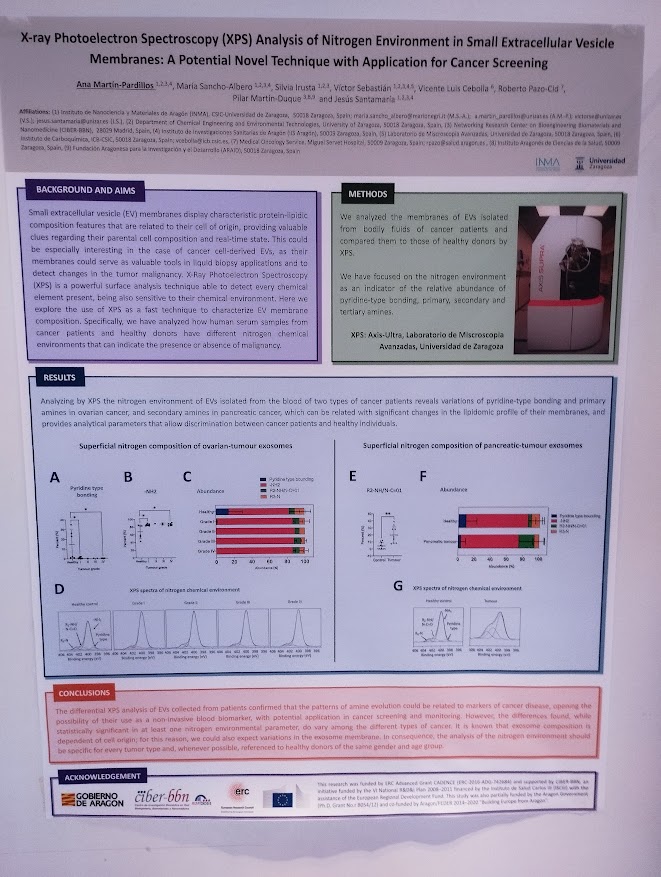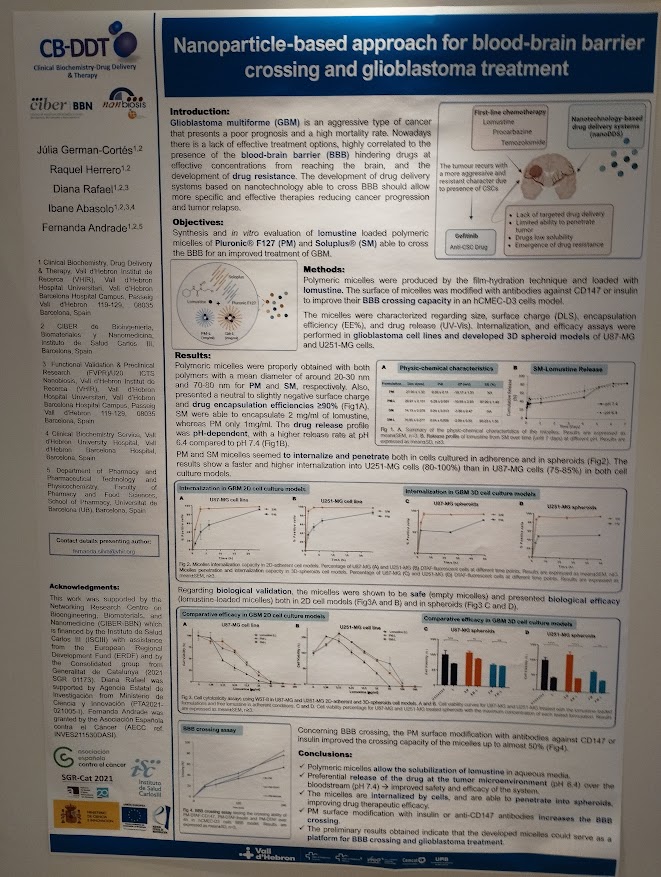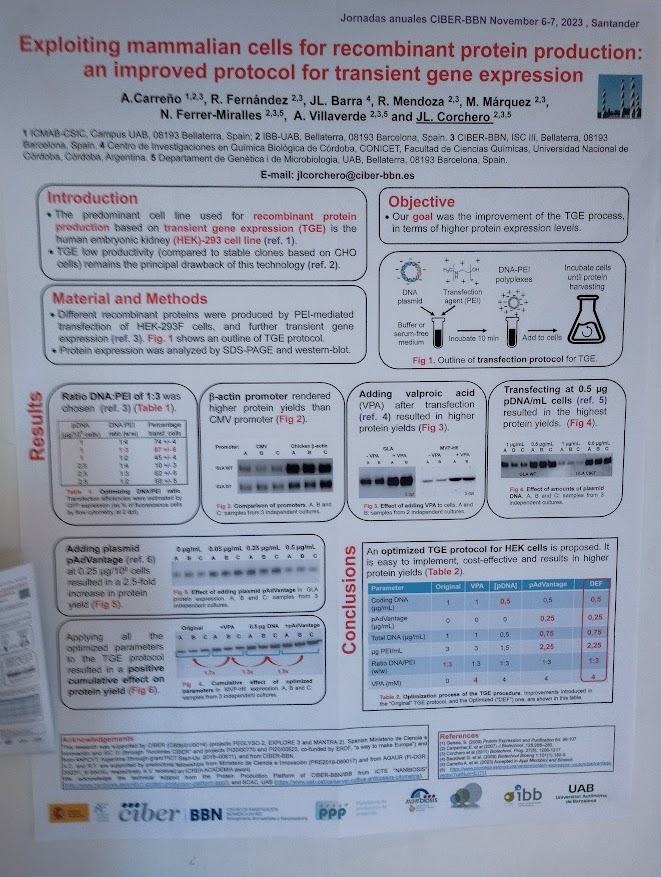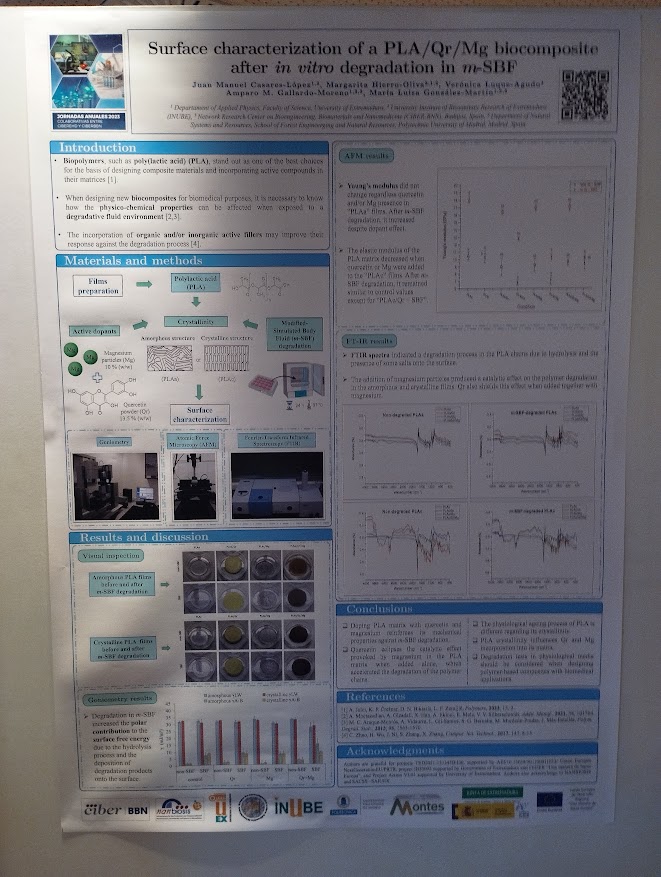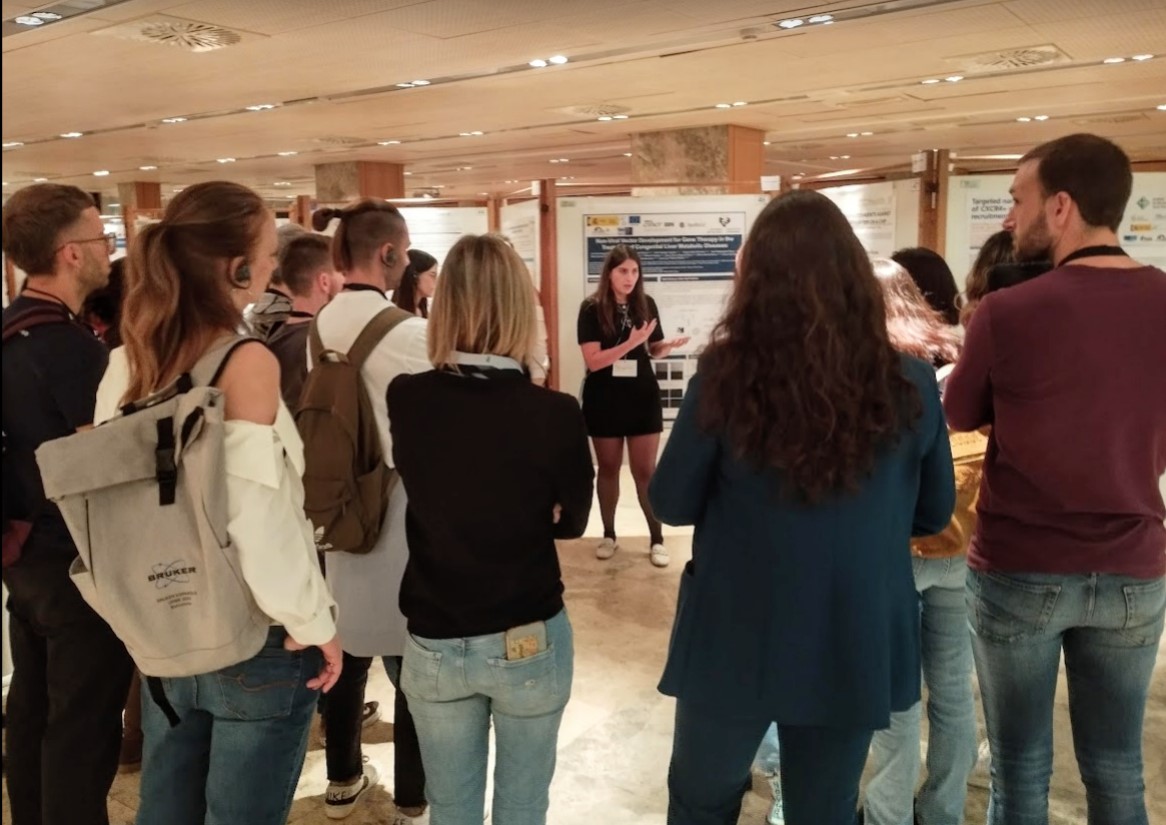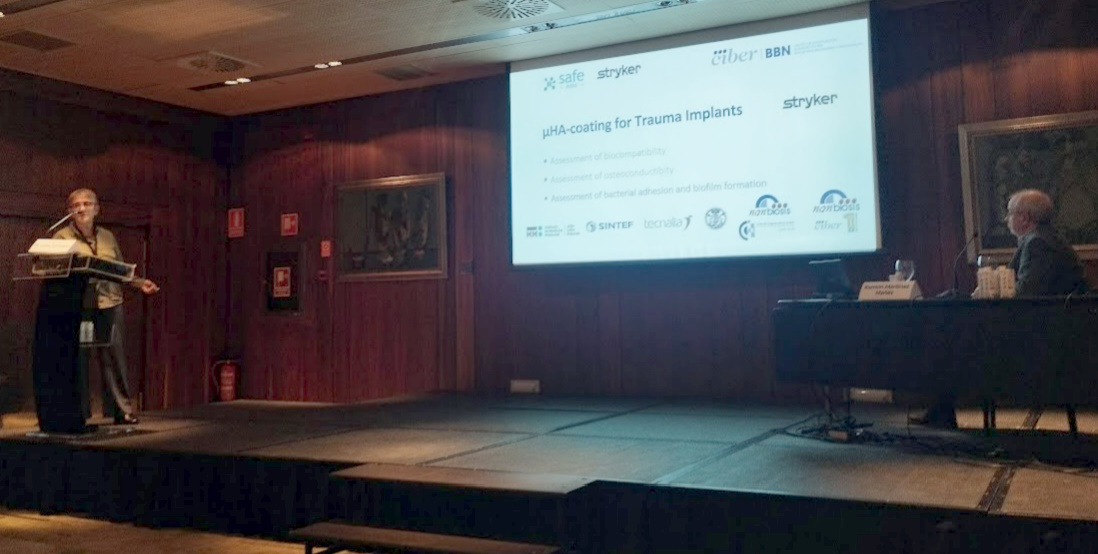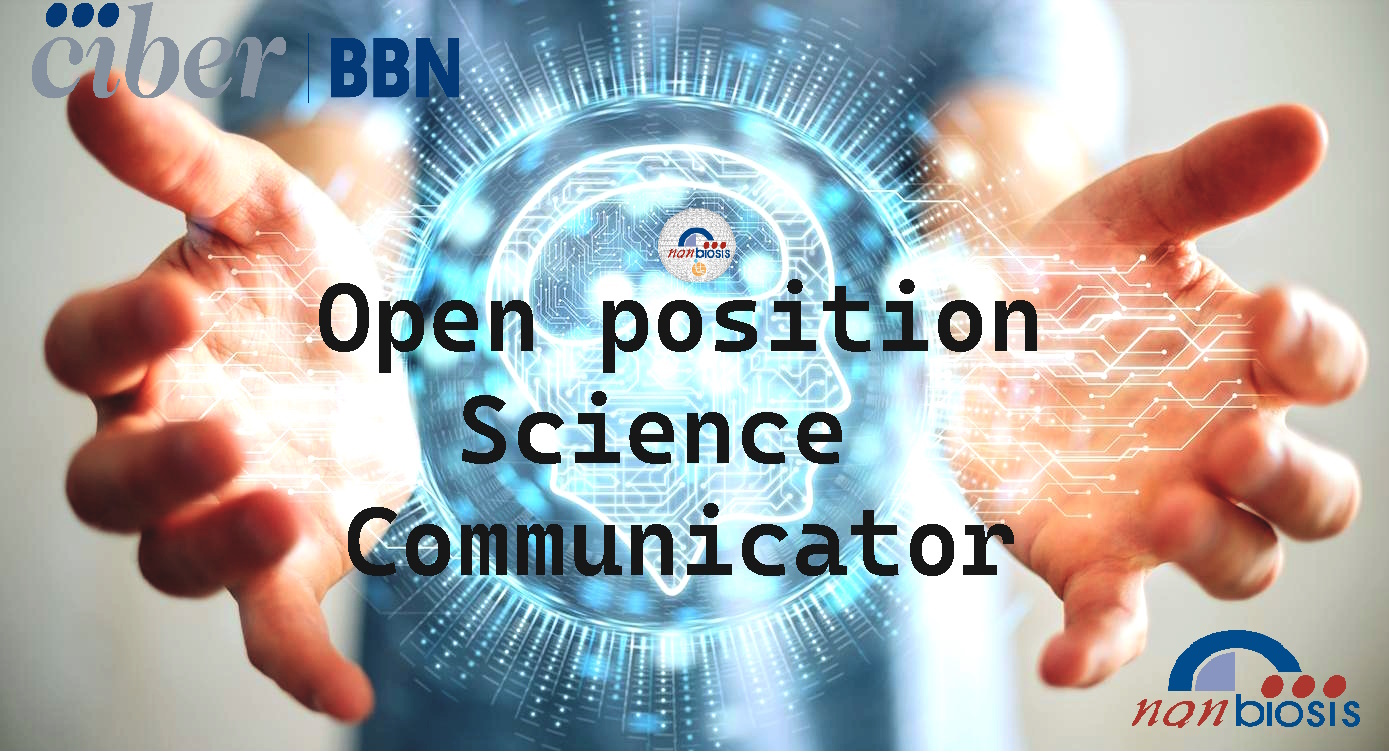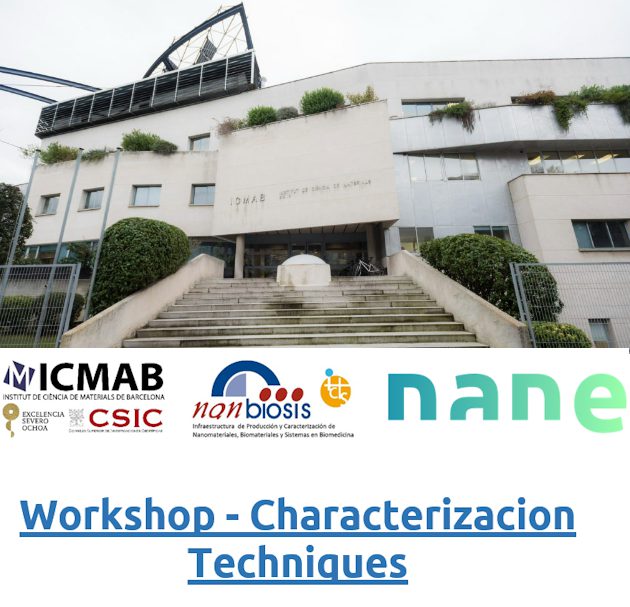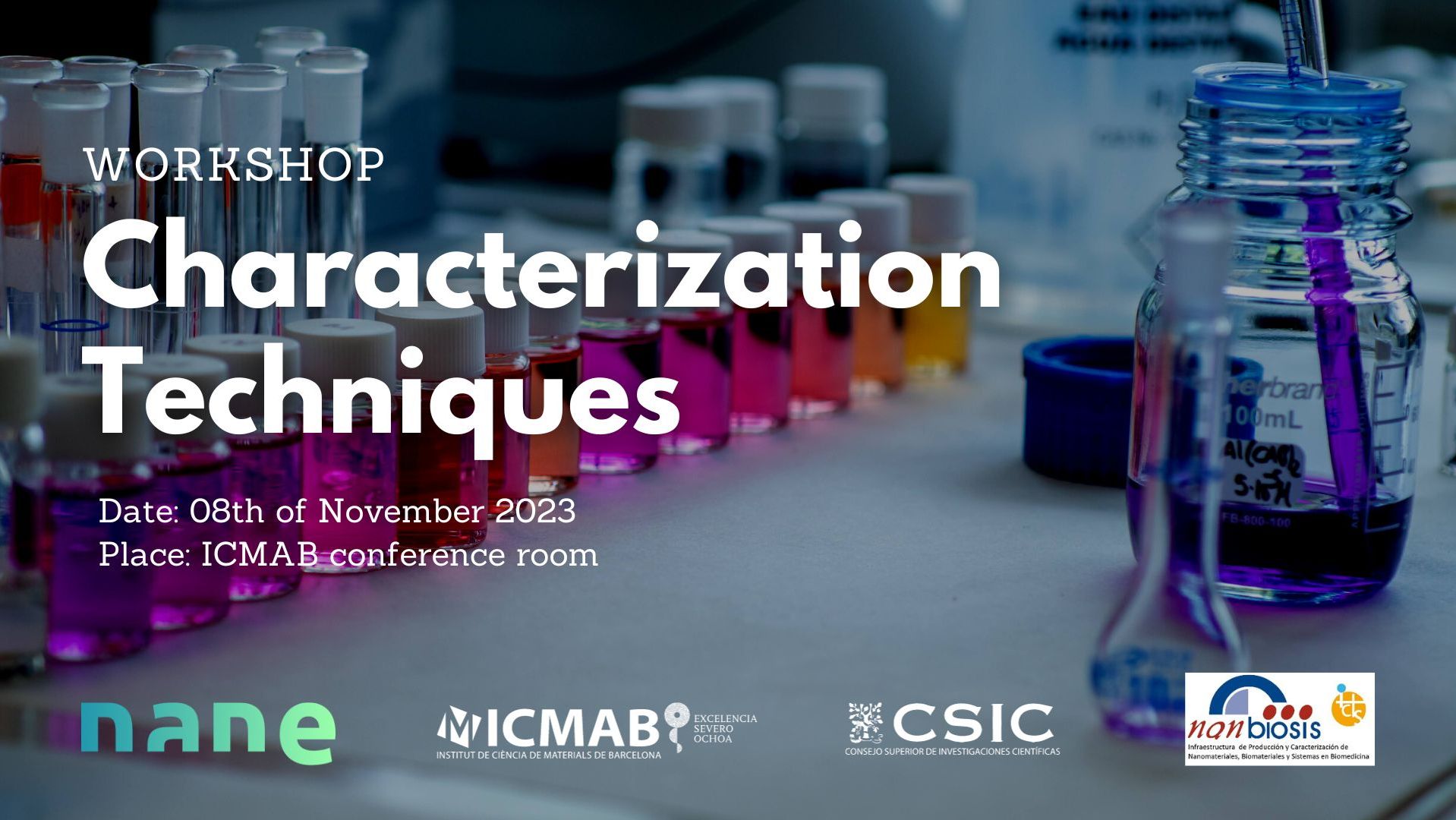NANBIOSIS U1_Protein Production Platform expands its facilities at the Autonomous University of Barcelona, strengthening its capabilities.
NANBIOSIS Unit 1 Protein Production Platform (PPP) of CIBER-BBN and UAB, has taken a significant step towards enhancing its service capabilities in the field of recombinant protein production and purification.
Until now, due to space constraints at the Institute of Biotechnology and Biomedicine (IBB), U1’s activities were confined to half of a small laboratory. However, thanks to the ongoing commitment of the center to bolster the PPP’s activities, this unit has gained access to a laboratory, along with an office, exclusively designated for the platform within the IBB premises, creating an optimal environment for the process of protein production and purification.
This initiative has not only solidified the space that PPP occupies within the IBB and the UAB but also signifies a boost for UAB’s internal services, reinforcing its position as an integral part of ICTS NANBIOSIS, thereby strengthening its commitment to research and scientific excellence.
The center, in its steadfast support for PPP’s activities, has prioritized the allocation of this new space over other needs, recognizing the potential and strategic importance of this service for advancing molecular research, not only within the institution but also within the scientific community at large.
The immediate impact of this facility expansion has resulted in the provision of an optimal space to accommodate all FPLC-AKTA purification equipment, essential for providing quality service. Additionally, new equipment has been acquired, notably including the incorporation of a large-sized refrigerator capable of housing a FPLC-AKTA unit. This development represents a qualitative leap, enabling the PPP to optimize processes for purifying thermosensitive proteins.
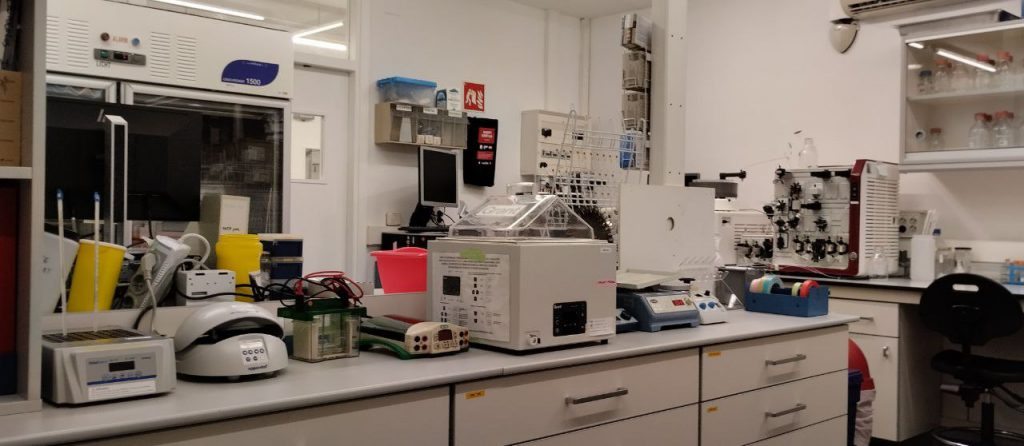
The new spaces of the PPP are now adjacent to the spaces of the Nanobiotechnology Group (NBT), enhancing the exchange of information and knowledge between both, and facilitating direct access to shared resources, thereby stimulating interaction. The combination of expertise in protein design and purification with specialization in nanobiotechnology opens up a broad horizon for innovation and the development of disruptive solutions in various fields.
In the words of the responsible team, “this expansion represents a significant step forward, allowing NANBIOSIS U1 not only to advance in its current service provision but also to open doors to new improvement opportunities”.
